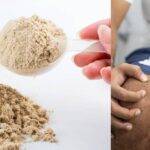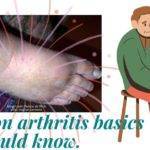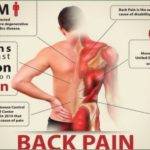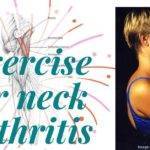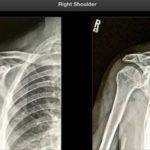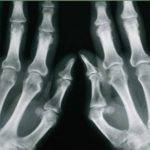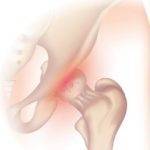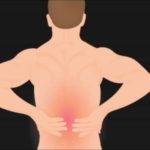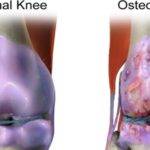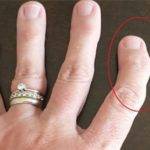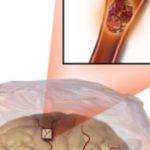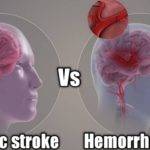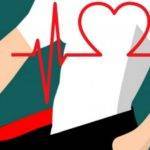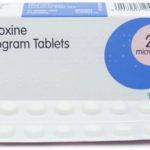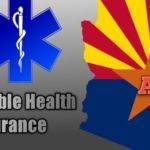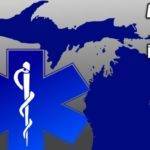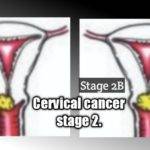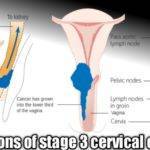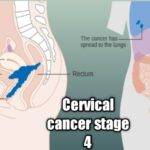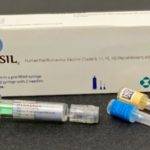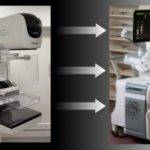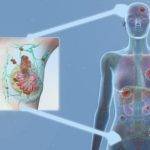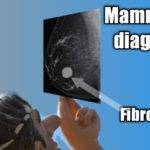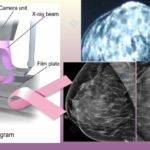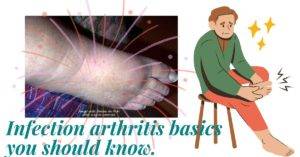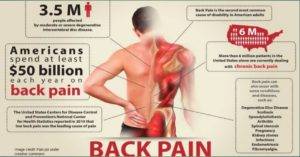
Table of Contents
A mini-stroke is an alternative term for the medical event called transient ischemic attack (TIA). Research conducted in Australia has revealed that life expectancy after a mini-stroke for patients well above 50 years was lower by as much as 20% in comparison to the general population, nine years after discharge.
The same research revealed that this doesn’t apply to patients who were hospitalized for the condition before the age of 50 as the effect in this age group was seen to be insignificant unlike those above 65 years of age.
Mini-stroke symptoms.
It’s not always easy to distinguish mini-strokes from other health conditions that share similar clinical features. Some cases are diagnosed as mini-strokes but are not.
What makes it a mini-stroke is that the brain damage, unlike in a full stroke, is not permanent though mini-strokes have quite similar symptoms to stroke. These include:
- Problems with vision,
- Confusion and cognitive challenges,
- Aphasia or difficulty speaking,
- weakness on one side of the body,
- Difficulty walking and coordination,
- Difficulty eating or swallowing,
- Facial asymmetry or drooping,
- Severe headache,
- Dizziness, etc.
Causes and risk factors of mini-stroke.
Most mini-strokes are caused by blood clots that form elsewhere in the body and travel to block an important artery supplying the brain. This deprives the brain cells of oxygen in a process medically known as embolism. (source) However, the clots soon dissolve such that the blockage doesn’t last long enough to cause any permanent damage to the brain therefore, the symptoms of the mini-stroke resolve quickly.

The formation of these clots is enhanced by certain medical conditions and lifestyles such as:
- Obesity,
- Atrial fibrillation,
- Diabetes,
- Smoking,
- Excessive alcoholism,
- High blood cholesterol,
- Hypertension,
- Stress.
You may wonder about the relationship between stress and mini-strokes. Stress increases blood pressure, blood sugar, and fat levels, all of which increase the risk of the formation of blood clots that cause mini-strokes, especially in the elderly and middle-aged people.
Mini-strokes or Transient ischemic attacks (TIA) can also be caused by clots that form right within the brain in a process medically known as thrombosis. Not so common is a mini-stroke due to a small intracranial hemorrhage. (source)
Other causes of mini-strokes include plaque build-up in the arteries and the presence of air bubbles inside the vessels. When these plaques form in the blood vessels within the brain they can cause mini-strokes from thrombosis as plaques are known to trigger blood clots.
Life expectancy after a mini-stroke based on the length of time post-stroke and age.
One of the most comprehensive studies carried out on this subject involved data obtained on about 22,157 mini-stroke patients in New South Wales, Australia. (source) Their death rate was compared with that of the general population based on the length of time after stroke and the age of patients at the time of mini-stroke.
Time.
It was found that the greater the length of time that has passed after discharge on account of a mini-stroke, the lower the life expectancy against that of the general population. By the end of the first year, the life expectancy or survival rate of people diagnosed with mini-stroke was about 3.5% lower than expected in the general population.
This trend continued through the 5th year and by the 9th year post-stroke, their life expectancy was as much as 20% less than that of the general population. This is shown in the table below.
| The period after a mini-stroke. | Percentage drop in life expectancy. |
|---|---|
| 1 year. | 3.5% |
| 5 years. | 13% |
| 9 years. | 20% |
Age.
The study found age at the time of mini-stroke to be an important factor affecting mortality. People who were younger than 50 at the time of diagnosis had no significant drop in survivability or life expectancy in comparison with the general population.
However, for those from 65 years upwards, the risk of death was appreciably higher. Generally, the higher the age at which a diagnosis was made, the higher the risk of death. The figures are shown in the table below.
| Age range. | Relative risk of death. |
|---|---|
| ≤50 years. | Insignificant. |
| 50-64 years. | 1.82 times higher. |
| 65-74 years. | 4.74 times higher. |
| 74-84 years. | 7.77 times higher. |
| ≥85 years. | 11 times higher. |
It was also noted that gender had a role to play within the first year after stroke. Males were found to have a higher risk of death than females. However, this phenomenon ended after the first year as there was no significant difference in mortality between the sexes beyond the first 12 months.
Major risk factors influencing mortality.
Apart from the age at the time of diagnosis and the length of time after the stroke, there are a couple of medical conditions that further increase the risk of death after a mini-stroke. These are congestive heart failure, the presence of atrial fibrillation, and any history of hospitalization as a result of a stroke. (source)
- Atrial fibrillation: This doubles (2 times) the risk of death.
- Congestive heart failure: More than triples (3.3 times) the risk of dying.
- Prior hospital admission due to stroke: More than doubles (2.63 times) the risk of death.
Recurrent mini-strokes.
Recurrent mini-strokes are common among individuals living with predisposing or risk factors. Though the symptoms of a recurrent stroke are similar to a stroke, studies have shown their risk factors are notably different.
The risk factors for recurrent mini-stroke or TIA are:
- Duration of attack: Usually less than or equal to 10 minutes.
- Age: Common in those above 60 years.
- History of TIA:
- Sensory defects linked to the mini-stroke attack.
Do keep in touch by signing up for our newsletter:
Effects.
Mini-strokes are warning signs of impending full-blown strokes or cerebrovascular accidents. Therefore they are seen as medical emergencies. Treatment of transient ischemic attacks or mini-strokes helps to avert the costly impact of actual strokes.
Though there is no known risk of death associated with mini-strokes, recurrent mini-strokes could lead to negative impacts on the health of your brain and cognitive defects like vascular dementia.
Prevention of recurrent mini-strokes.
Mini-strokes are often described as wake-up calls for the implementation of lifestyle changes and treatment of risk factors that place you in danger of a full-blown stroke.
You can view the steps in preventing a 1st-time mini-stroke or TIA and recurrent TIA in one of our previous articles. You may also be interested in finding out about hemiplegia, or cerebrovascular accident vs transient ischemic attack(TIA).









